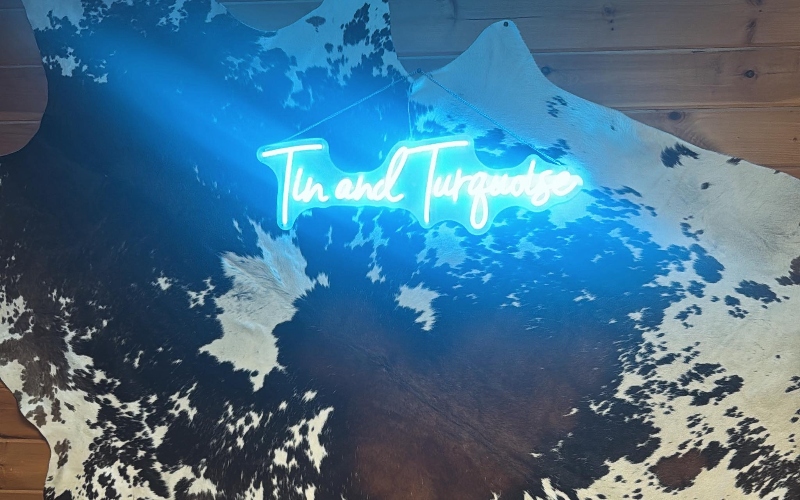Talking about our ‘blue’ birds
Published 10:59 am Monday, February 7, 2011
Here in the foothills and southern mountains of western North Carolina we have three species of “blue” birds to contend with.
When I say “blue” birds, I really mean birds that have blue coloration, rather than members of the bluebird family.
The three species found in our area are all obvious and easy to see. They perch on prominent lookouts such as telephone wires or exposed limbs, and from this vantage point they either sing to advertise their territory or use the high perch to hunt for their prey.
Trending
These species are the Eastern Bluebird, Indigo Bunting and Blue Grosbeak, and all three may indeed be mistaken for each other under poor lighting conditions.
The Indigo Bunting and the Blue Grosbeak are closely related, and both eat a diet of seeds and insects. A quick look at their bills, which are both thick and perfectly adapted for cracking seeds, demonstrates their food preferences and adaptation.
The Indigo Bunting is the smaller of the two species, being just over 5 inches in length compared to the 7 inches of the Blue Grosbeak.
The males of both of these species are, as always, the more colorful of the sexes and the male Indigo Bunting is a rich iridescent royal blue all over, whilst the male Blue Grosbeak has darker purple-blue feathering.
The Blue Grosbeak also differs by having a large chestnut wing patch, which is an obvious field mark, and a much larger cardinal-like bill than that of the bunting. This appears silvery-gray in good light.
Both of these species are summer visitors to our area, and arrive on their breeding grounds sometime during the first half of April.
Trending
They spend the winter months in Central America, where they are a common sight in cut over and scrubby areas.
The third of these species is the Eastern Bluebird. It is about the same size as the Blue Grosbeak, although not quite as thickset in appearance. The bluebird has a very distinctive silhouette as it perches on wires looking for prey.
It seems rather large headed and thick-necked and spends a lot of time scanning the ground below for insects.
The male Eastern Bluebird is rich blue in coloration on its head, wings, back and tail, and differs from the aforementioned two species by having an orange-red throat and breast. The lower breast and belly are white.
Bluebirds are a common sight throughout much of the Carolinas throughout the year, although they may withdraw from the higher elevations during the winter months.
All three of these “blue” birds are essentially open-country birds, although the Indigo Bunting inhabits higher elevations and thicker woodlands than the other two species.
All three migrate through the western counties of North Carolina and can usually be seen in rural gardens during migration or at the appropriate time of the year.
Simon Thompson has lived in WNC for the past 16 years. He owns and operates his own birding tour company, Ventures Birding Tours. www.birdventures.com
He and Chris also own and operate the Asheville Wild Birds Unlimited Store. For more information on any of the birding activities in the area, drop by the store or check his website at www.asheville.wbu.com.






